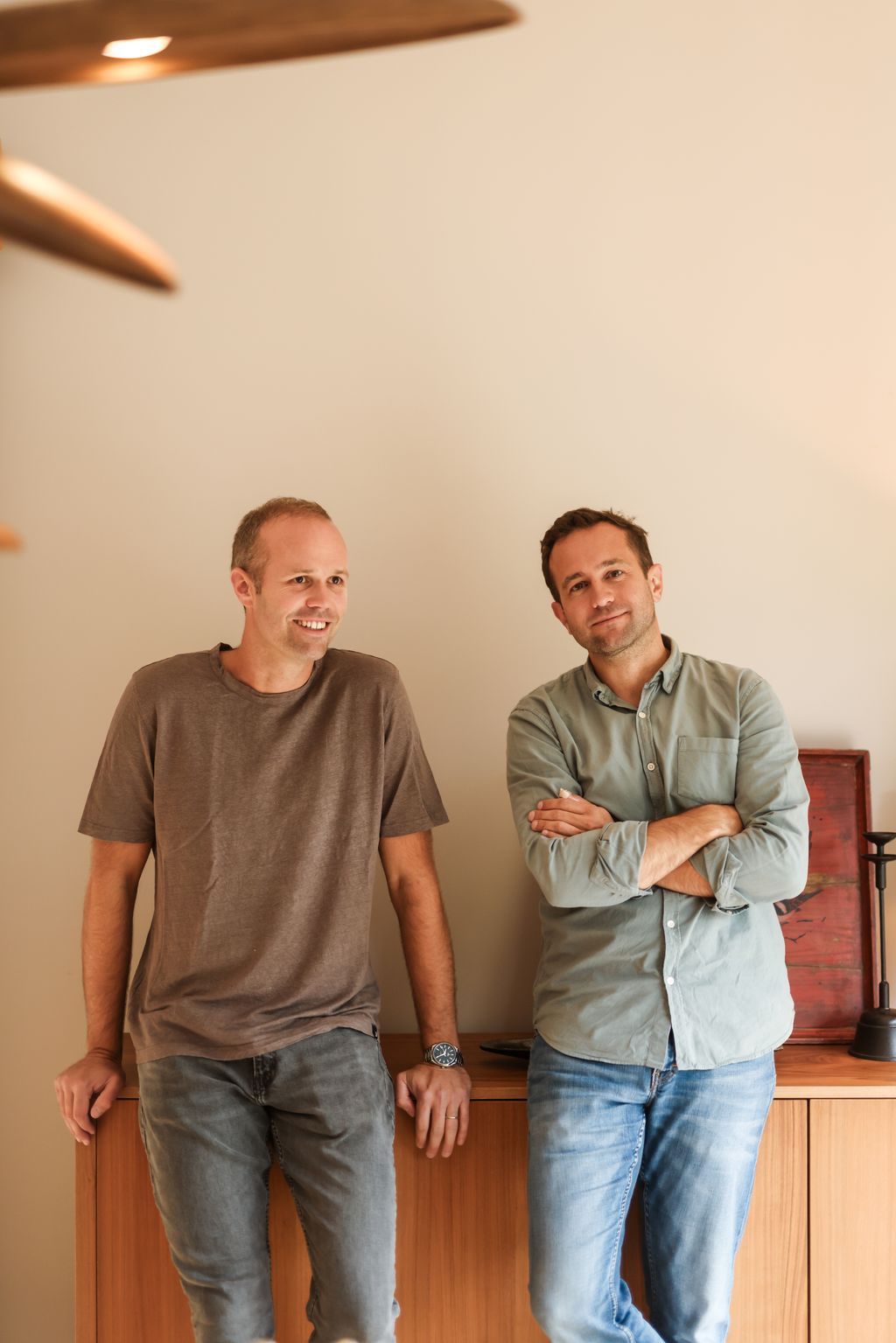All-terrain walkie-talkies, waterproof cameras and fun, stylish tablets set Kidywolf apart. It’s the designer toy brand that Belgium didn’t know it was missing. Launched in the midst of Covid with the aim of delighting both children and their parents, this Belgian — or rather Walloon — adventure shared enthusiastically by its co-founder Gary Garnier-Guisgand has its own e-shop. It’s also available in more than 20 countries worldwide. We met at the Maison&Objet trade fair at which the young company exhibited at the start of the school year.
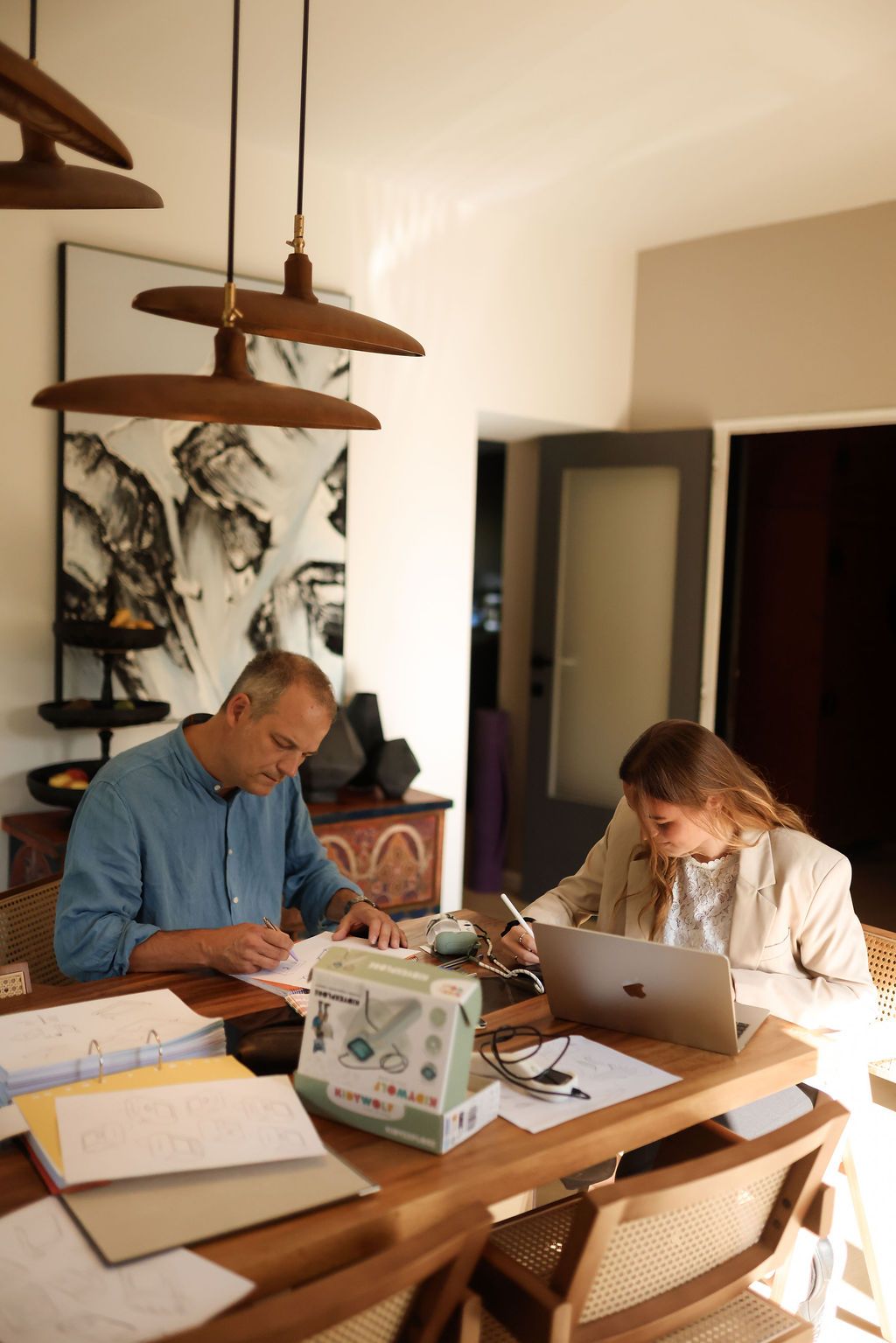
The Kidywolf adventure is 100% Belgian. Tell us about it.
We started in 2019. Nicolas [Wauters, co-founder of Kidywolf, editor’s note] and I were recent fathers and we noticed that there weren’t enough attractive toys for children that would fit into our homes. What we saw on the mass market was very colourful and very conventional. So we decided to change things and started by thinking about the objects’ design.
What was your image of the ideal toy at the time?
A product without a screen, no gaming, with an educational dimension that encouraged discovery. We wanted to offer our children things that were both beautiful and useful. Since then, our range has grown to include nearly 40 products (some available in several colours).

What has been your experience of the business with your partner?
We learned everything by throwing ourselves into this adventure with conviction. Before setting up Kidywolf, Nicolas and I left our respective jobs. Nicolas worked in the audio and lighting electronics sector. I was marketing manager at one of the leading companies in garden storage (sheds and boxes).
What age range do Kidywolf products target?
Initially, we aimed at a specific age range, from 3 to 6-7 years old. These were roughly the ages of our children when we launched the brand. Since then, the target audience has evolved and grown with our toys, and our range is now aimed at children from toddlers to pre-teens.

Your brand promotes ‘useful toys’ (sic). How would you define this?
The educational purpose of our products and the learning they enable (in reading, for example) are essential, as are their fun and sustainable aspects. We offer high-quality toys that stand the test of time and trends. We design and produce toys that we would want to have in our own homes.
How do you avoid creating things that children don’t need?
We have to find the right balance so as not to fall into the trap of superfluity. Each new product obviously adds a little something extra. But children often imitate their parents or those around them, which is something we observe. For example, if they see a camera, they want one. Our role is therefore to create this camera, but adapted to their age and with new features, such as being able to take it underwater (Kidycam) or print photos easily (Kidyprint).
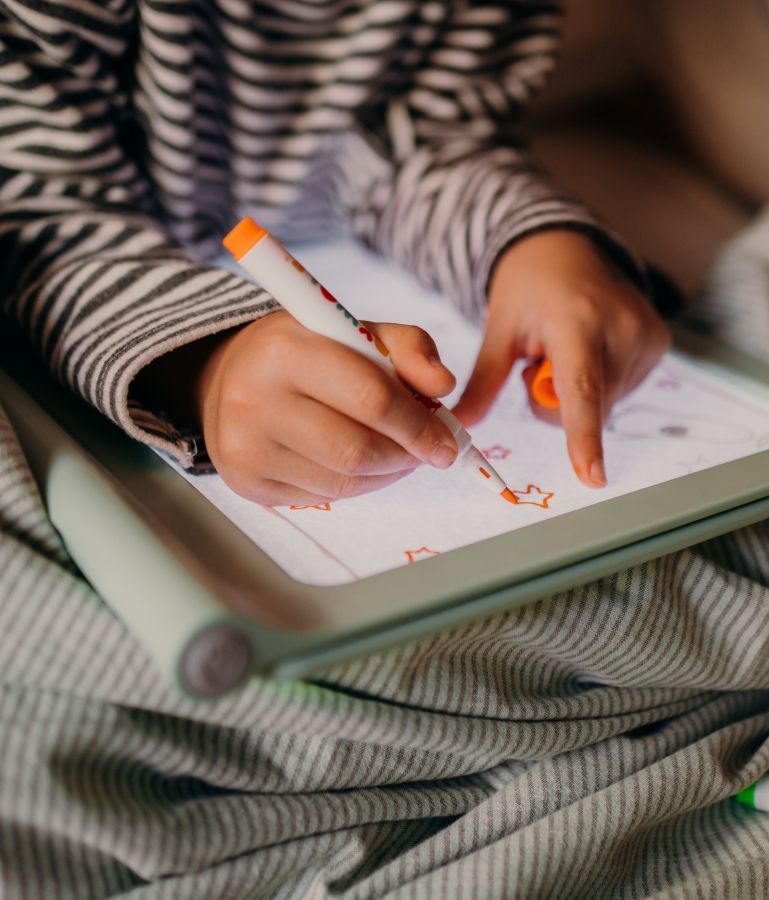
What is your bestseller so far?
Kidydraw-pro, a non-connected drawing tablet (the opposite of an iPad or other device) that is backlit and blue light-free, which allows children to learn to write, count and draw, all while having fun. With this light-up tablet, children can copy numbers, letters of the alphabet and even drawings. And the product is double-sided: the back is a blackboard with a neon effect. My daughter took it everywhere with her during the summer holidays!
So your children are the beta testers for your products?
If our children want to keep a toy, it means there’s something to think about, to explore further. If they don’t like it and tell us so, we know there’s a problem to solve! (Laughter)
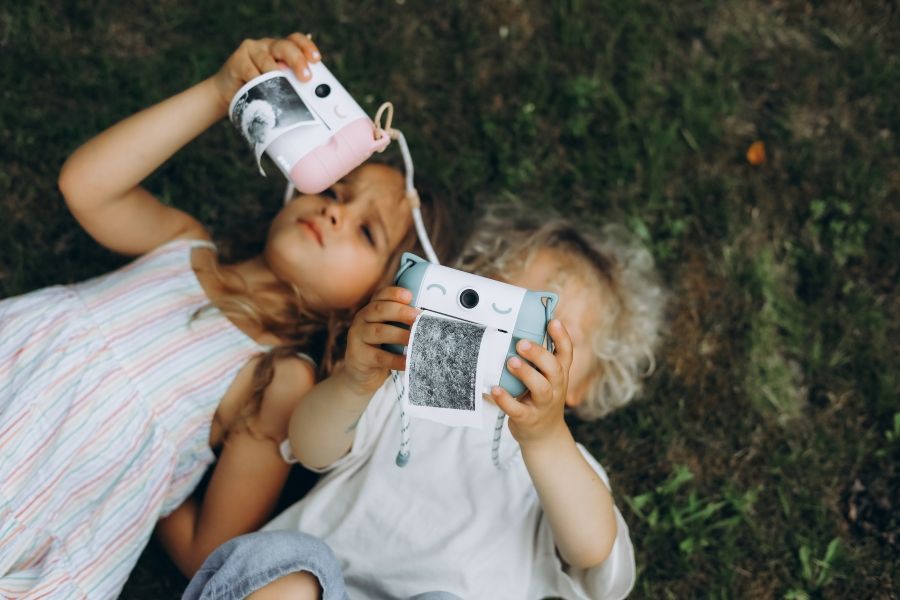
What is your primary market, and what makes Belgium unique?
The Belgian market is an excellent incubator because it’s a melting pot of languages and cultures. Our market is as strong in Flanders as it is in the Netherlands. Our toys are also unisex, essentially gender-neutral, and designed for different cultures, as some of them teach basic skills in a universal way (reading, arithmetic and drawing). We now sell in Europe, South America and the Middle East, and we’re in the process of expanding into Asia.
Which designers do you work with to design your products?
They’re all part of the Kidywolf in-house team and work alongside the marketing and export managers, etc. We currently have 13 employees. Some of our designers studied at the design school La Cambre in Brussels, have also worked in the medical sector, and have designed suitcases, beer pumps, etc., but they all share a passion for toys.
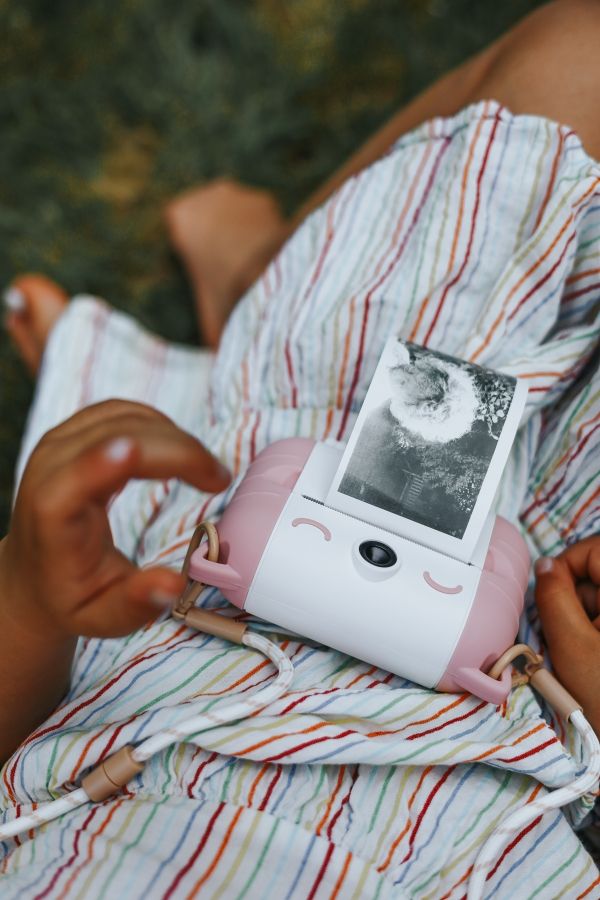
Why is it important for you to attend the Maison&Objet trade fair?
Our approach is focused on design, and exhibiting at Maison&Objet always opens doors. We have clients in France and sales representatives who represent the brand there. The trade fair enables us to meet new foreign customers and showcase our new products. We also attend other trade fairs in Germany, the Netherlands and Switzerland. We even recently attended the Toys & Games Fair Hong Kong.
Do you have to deal with copies and design standards and patents?
We design all our models ourselves and make most of our prototypes using existing components. As for copies, unfortunately they do exist, but all our products are protected. At the same time, we’re always on the lookout for new electronic components, which is a real challenge.

What about the environmental responsibility and sustainability of your products?
Some of our toys are made from recycled or recyclable plastic, and their batteries are rechargeable. We ensure that our products can be used for the first child, the second child, and possibly the third child. Most of them are upgradeable and designed to last.
How does Kidywolf’s DNA reflect your Belgian roots?
We are open to others and we are used to looking at what is happening elsewhere for inspiration. It’s important to be connected internationally and know how to respond to local needs. Although the company is based in Wallonia, our team comes from both the north and south. We consider ourselves to be one big family.
